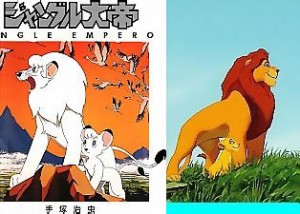 This guest post by Zach Weaver looks into the controversy surrounding Disney’s The Lion King and Osamu Tezuka’s Kimba, the White Lion.
This guest post by Zach Weaver looks into the controversy surrounding Disney’s The Lion King and Osamu Tezuka’s Kimba, the White Lion.
The manga artist and anime creator Osamu Tezuka is regarded amongst anime fans as being one of the most influential creators who has ever lived in the anime and manga industry. There is speculation among fans that Disney plagiarized, or drew heavily from Tezuka’s work, Kimba the White Lion, without giving proper credit to Tezuka for their 1994 movie, The Lion King. After watching both The Lion King, and seeing screenshots taken from Kimba the White Lion, I support the speculation.
Osamu Tezuka was born on November 3, 1928. He was born in Toyonaka City, Osaka, and was the first born son of three children. In 1950, Tezuka met with Kato Kenichi. According to TezukaOsamu.net, this led to Tezuka publishing his series, Jungle Emperor Leo, in Manga Shonen, which was a manga magazine. On October 6, 1965, the first episode of Jungle Emperor Leo was broadcasted. In 1965, Jungle Emperor Leo began broadcasting in the United States and became renamed, Kimba the White Lion.
The Disney movie, The Lion King, was released in 1994.The movie grossed $42 million in its first weekend at theaters. Prior to its theatrical release in July 1994, many Japanese were made aware of The Lion King due to Disney’s marketing strategy, which allowed the use of the characters from the movie without royalty payments.” This means that businesses could use different characters from The Lion King as they wished, without having to pay for the rights to use any images.
On July 11, an article in the San Francisco Chronicle, pointed out close resemblances between The Lion King and Kimba the White Lion. In August 1994, Machiko Satonaka, a Japanese comic artist, wrote an essay about her activities to protest The Lion King and her intention send a letter to the Walt Disney Company. The letter would include a petition signed by 488 Japanese, 82 of which were comic artists.
The storylines for The Lion King and Kimba the White Lion are somewhat similar in a few aspects, however the general plot of each media is different. The Lion King is about a lion named Simba, who after his father’s death, leaves his pride (a lion’s family), and then returns to confront his father’s killer, Simba’s uncle Scar. Kimba the White Lion is about a lion cub, named Kimba, whose father dies. Kimba is then taken in by a Japanese family. He then returns to his home in the jungle. Both media feature a lion cub whose father has died, then the lion cub leaves their home, and returns.
Also, after watching The Lion King and multiple episodes of Kimba the White Lion I can see many similarities between the series. Both series feature a baboon as a wise character that mentors the main lion character, Rafiki in The Lion King, and Buzara in Kimba the White Lion. There are also hyenas in both media that represent evil. Both even feature an evil lion, with a scar, that wish to take control of the jungle. As seen in the pictures below of the two evil lions, Bubu (Kimba the White Lion) on the left (the image size has been increased) (Bubu image), and Scar (The Lion King) on the right (Scar Image), the characters have very similar character designs

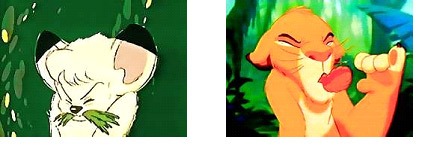
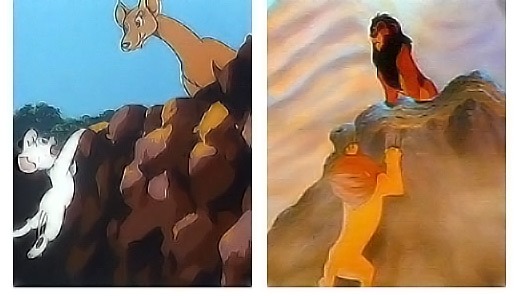
There are far too many similarities between Kimba, the White Lion and The Lion King for it to be a coincidence that Disney made an animated film that just happened to be very similar to an already existing piece of work. One could argue that Disney® did not plagiarize, as The Lion King also contains elements from other works as well such as Shakespeare’s Hamlet, in which a king is killed by his brother who takes the throne and the king’s son sees his father’s ghost and then kills his father’s murderer. This would mean the Disney did not plagiarize from Tezuka, per se, however it would still mean that Disney drew very heavily from Tezuka’s work without giving credit.
Zach is an avid anime watcher and gamer.
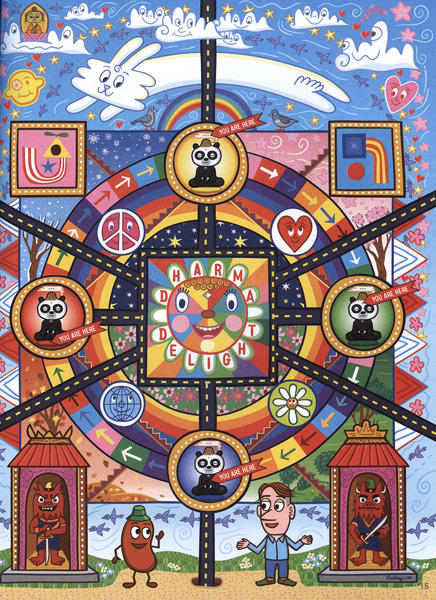
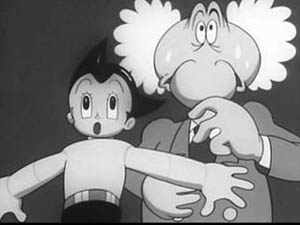
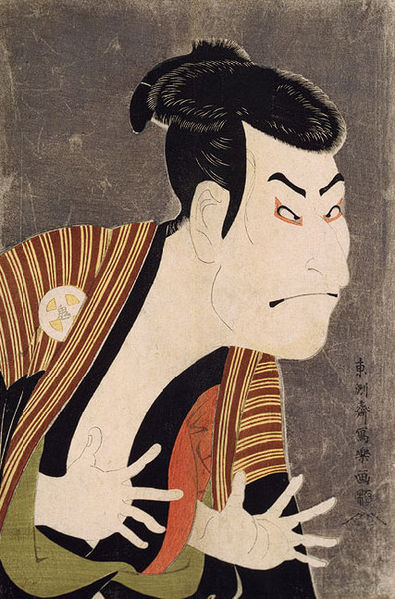
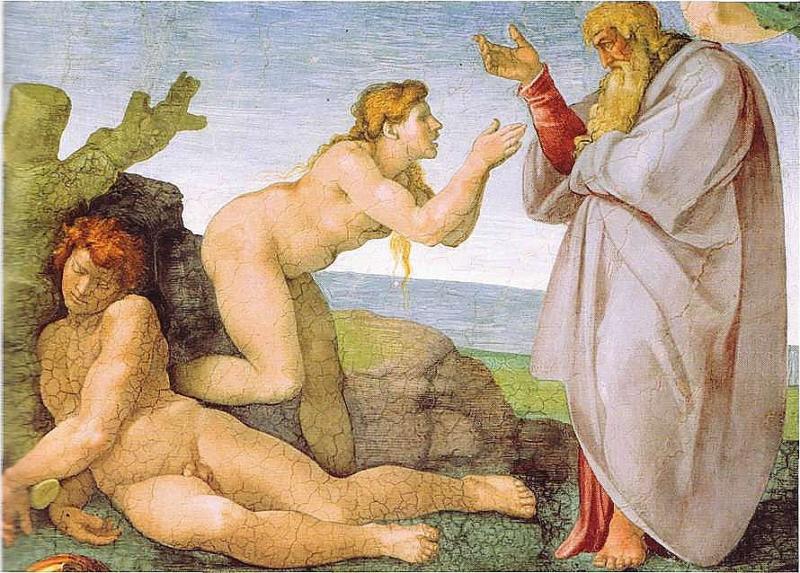
“Eating bugs instead of meat”–bugs ARE meat.
They are a good source of protein.
I watched both and while their settings are similar, their stories aren’t.
SPOILER ALERT
In Kimba (or jungle emperor), our main character is born on a ship, gets told by his mother about his real home (the jungle) and his late father, king Panja (whom was shot by poachers). The ship sinks but Kimba survives and swims to find his home until he arrives at a city where he cared for by kind humans. Kimba then goes back to the jungle (at still a young age), becomes king and teaches his animal subjects about human culture in an attempt to find peace between them.
In the lion king, our main character Simba is born in his home (the pridelands), gets told by his Fater about the responsibilities of being king, but his jealous uncle Scar kills his father, forces simba to be exiled from his home and befriends a laid back meerkat and warthog. Simba is reunited (unxpectiltly) with his childhood friend Nala (and they later fall in love), realises his responsibilities back home, goes back with his friends, defeats Scar, becomes king and the circle of life continues.
They are pretty different stores, sure I could go on about Kimba’s sequel series; Jungle emperor: onward and mention Kimba’s love interest; Riya (or Kittie). But I just wanted to get a basic summery of both medias.
The messages are also very different, with Kimba being about the peace between humans and animals with cartoonish slapstick whilst The lion king is about accepting your responsibilities with more emphasis on one liners.
Also Kimba’s creator, Osamu Tezuka actually met Walt Disney and Disney let him create a manga based on Bambi: http://tezukainenglish.com/wp/?page_id=3039
You make a good point about the different messages. Osamu Tezua was inspired by Walt Disney’s work. It makes sense later Disney properties would be inspired by Osamu’s works in return. Inspiration isn’t the same as copying, but some scenes may end up copied as a way of paying homage to the original.
does anyone know details (date place etc) of the the case with tezuka v Disney by judge Clarence gudmundsdottir? i read about this in an article years ago
According to Dreamland Japan (Frederik Schodt, 2014), the Tezuka family didn’t confront or sue Disney over the Lion King in the United States (274). There was an ongoing lawsuit to reassert the rights of the animated series outside of Japan, but the copyrights of the story and manga were never disputed. The Post Gazette (Michael Sallah, 2000) confirms this. The Tezuka family hasn’t sued Disney over the Lion King nor show any public interest in doing so.
Actually, some of those images often compared with are usually taken out of context from completely different scenes. A good example is that “dangling off a cliff” one, where in actuality, Kimba accidentally fell into a human trap with spikes at the bottom. It’s not really a cliffside, nor is actually a long fall in itself. The real danger is the aforementioned trap. Additionally, the lioness watching over almost falls in herself a moment after, and Kimba and her patch up at the end of the episode.
While TLK probably did take some inspiration from Kimba(although, one shouldn’t forget of its credited Shakespearean and Biblical sources of inspiration too), it’s wise to take note of when people start exaggerated and permeating “scene-by-scene” comparisons by just taking similar shots, editing out the differentiating parts, and fabricating a completely different scenario behind what’s going on.
You make excellent points. Many movies have scenes that appear similar but differ in context. Sometimes this is done purposefully to pay homage to a source of inspiration. Most works pull from many different sources, both consciously and not.
crappy talentless old disney ^^ they never change..copy and only
Disney has made many good films. Although, there are some films that are questionable. Many people think, for example,that Disney ripped off The Thief and the Cobbler when the company made Aladdin. There isn’t proof, of course.
Great page. Only one tip: it should be Shakespeare’s Hamlet, not Macbeth.
Thanks for the tip! I didn’t notice that when I proofed the page.